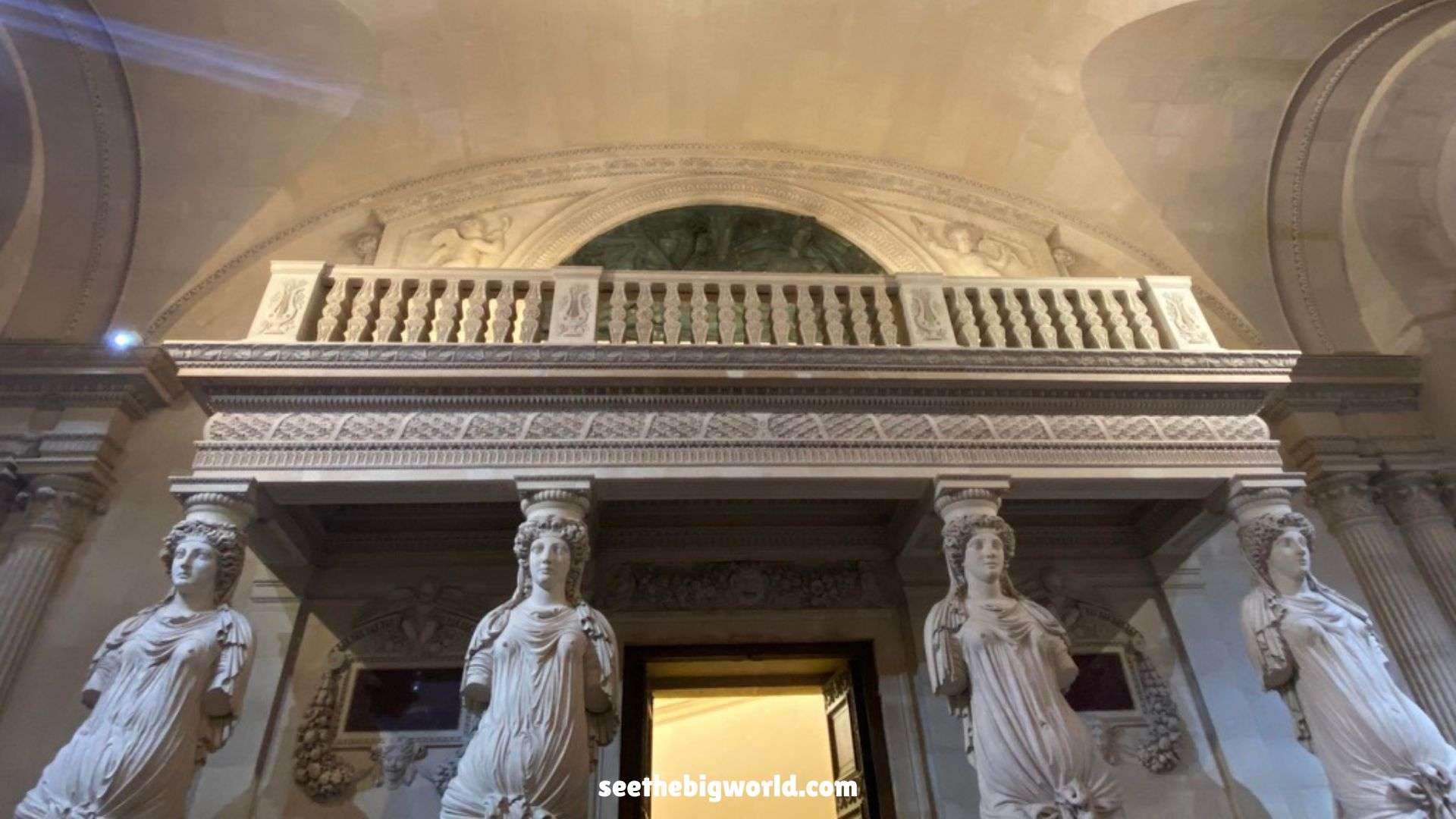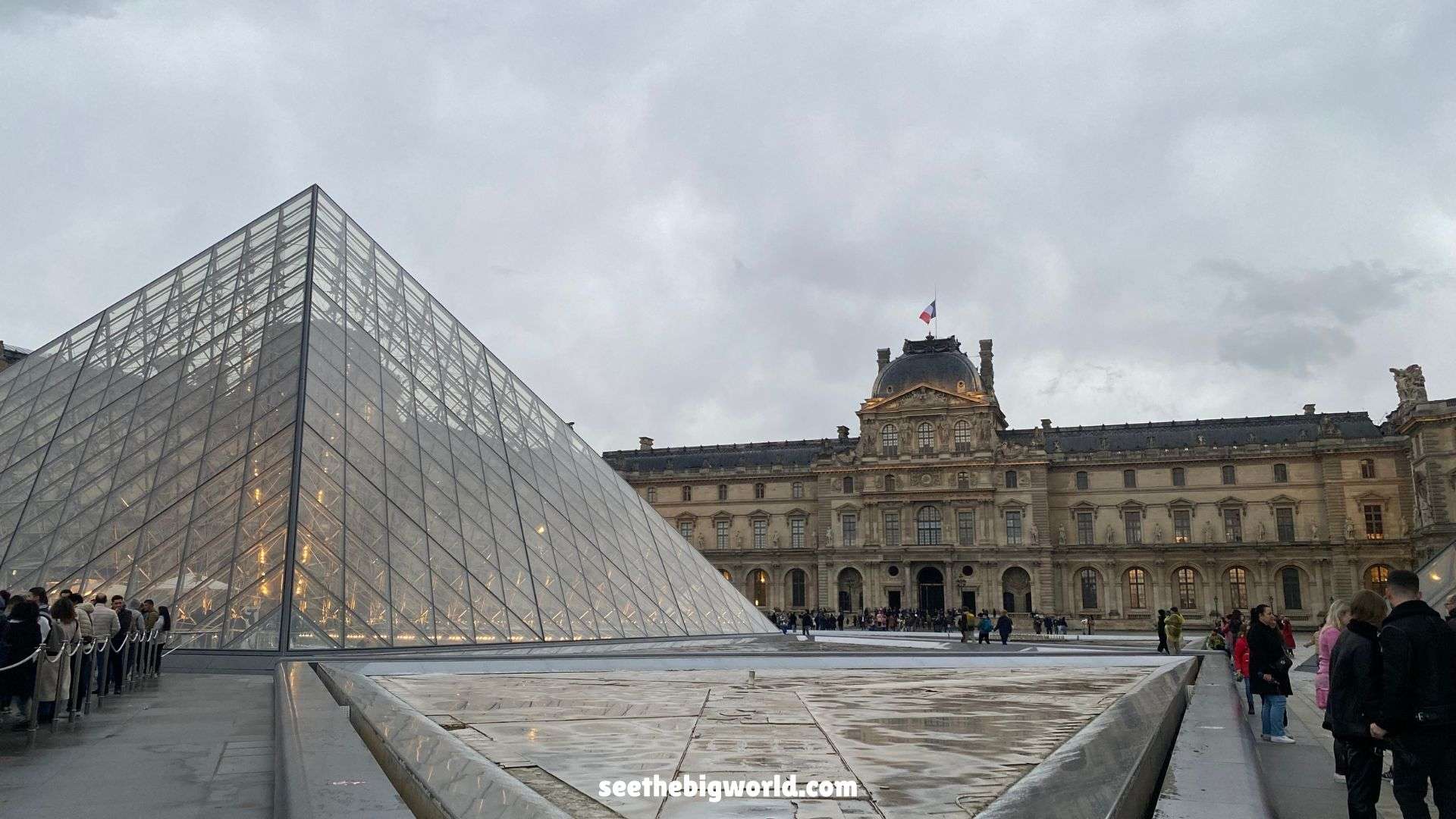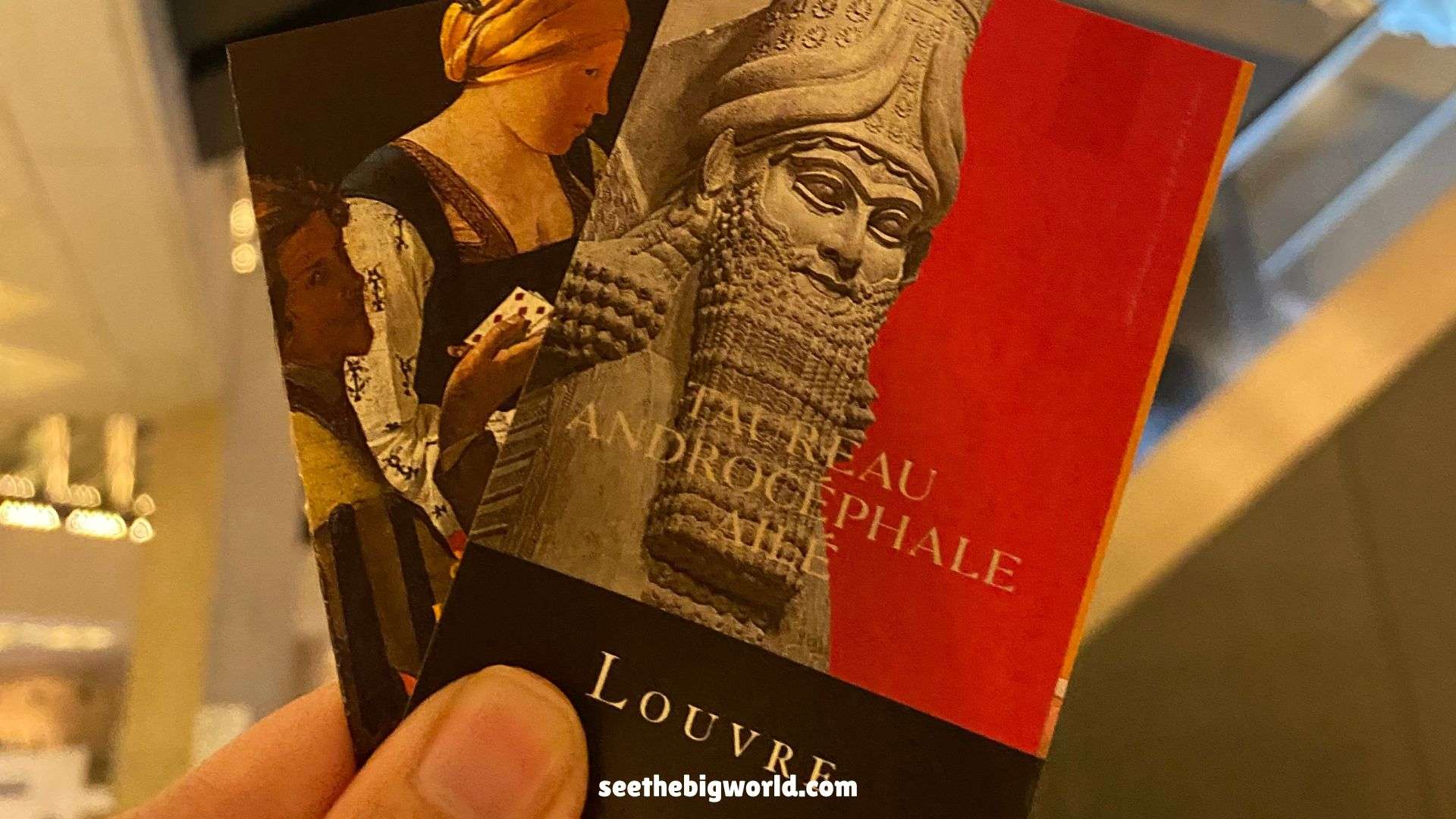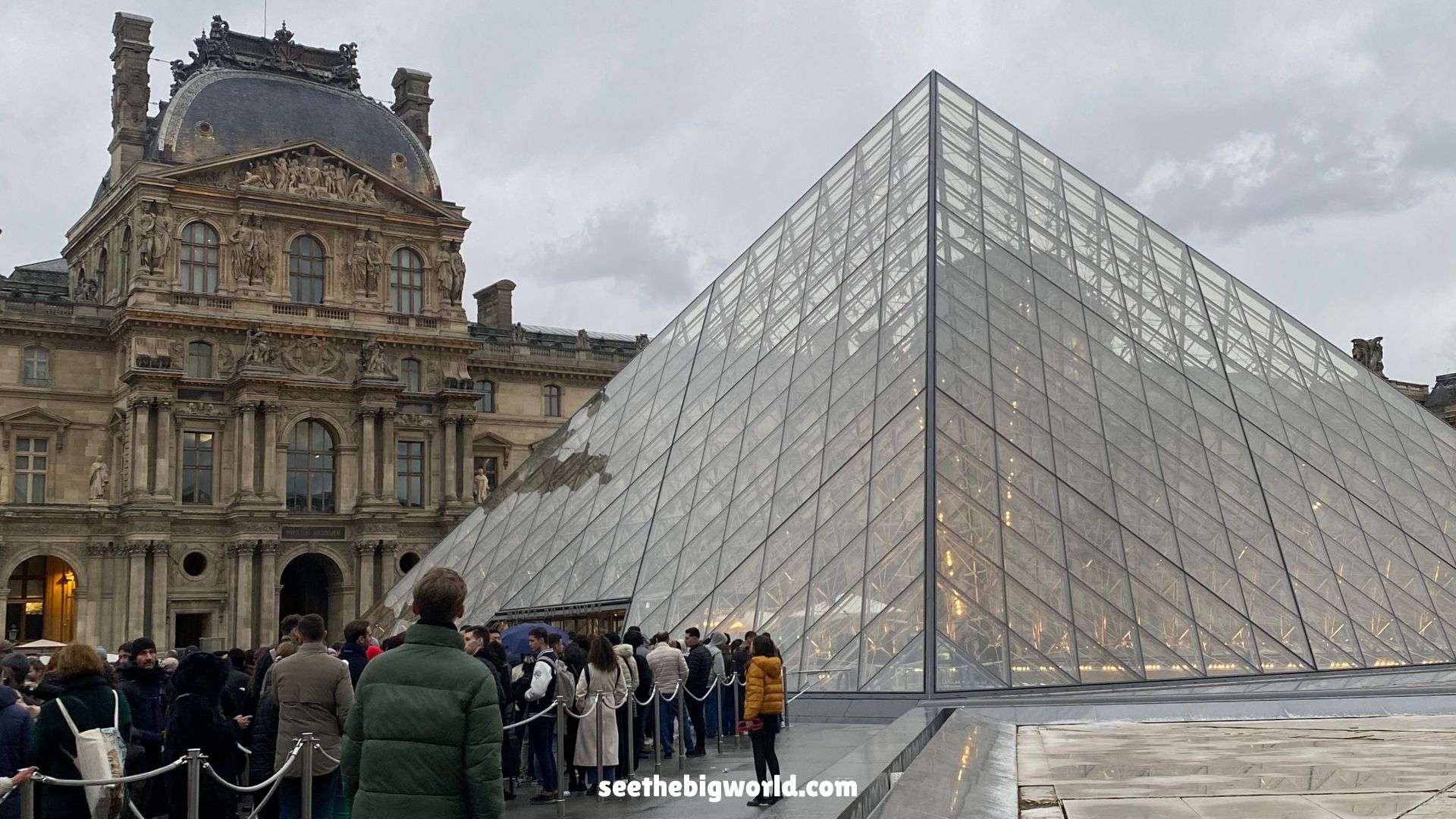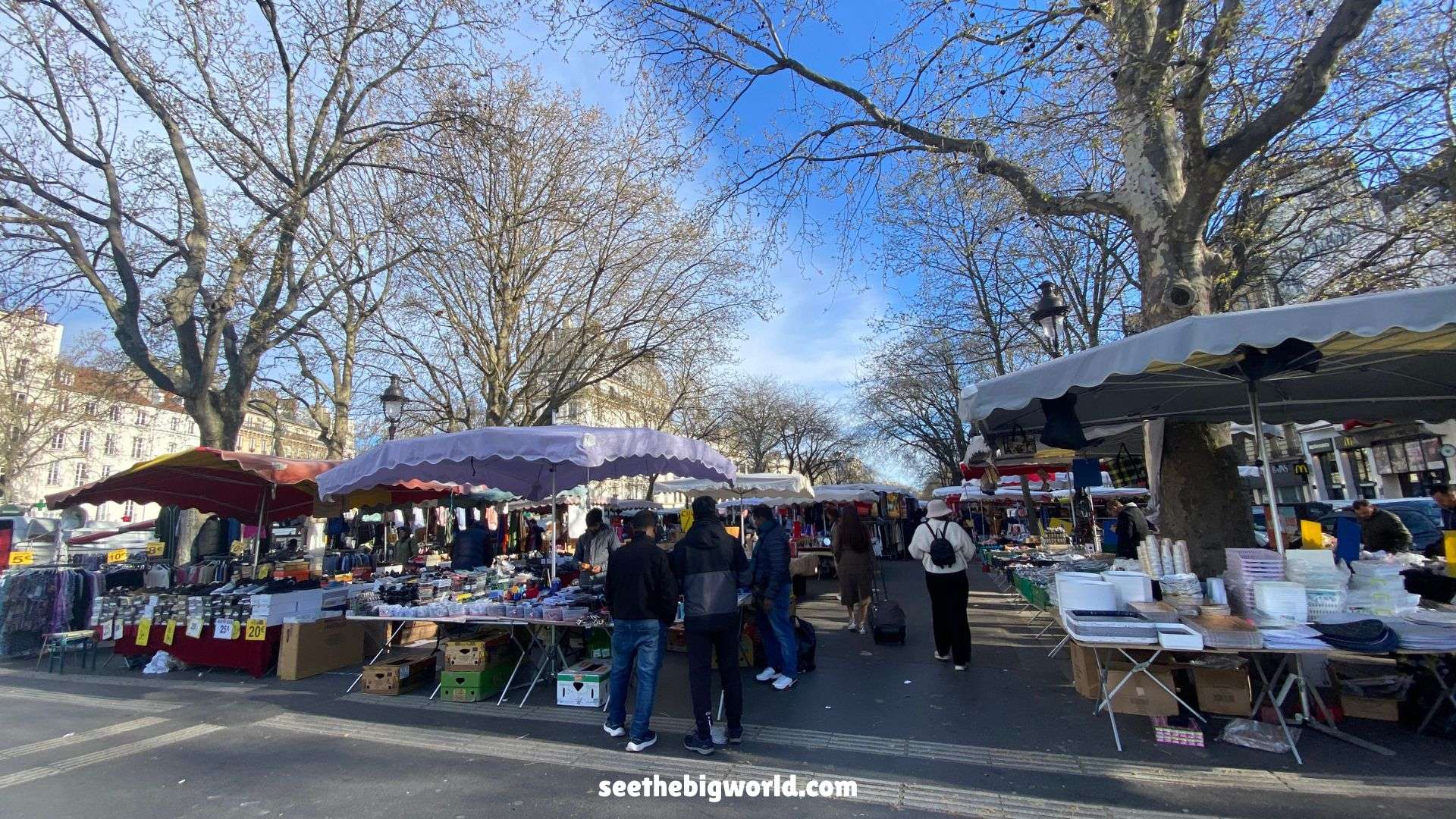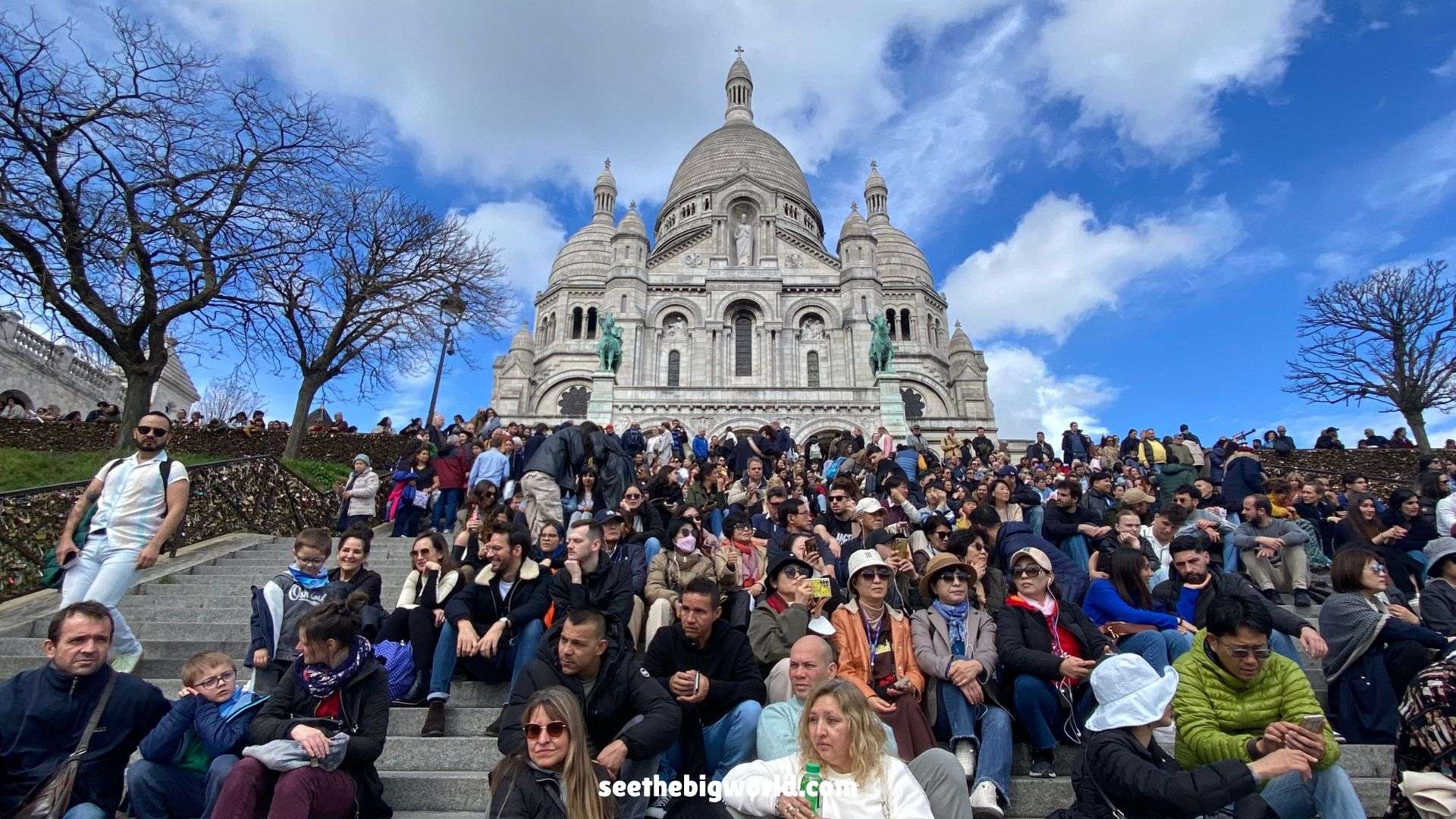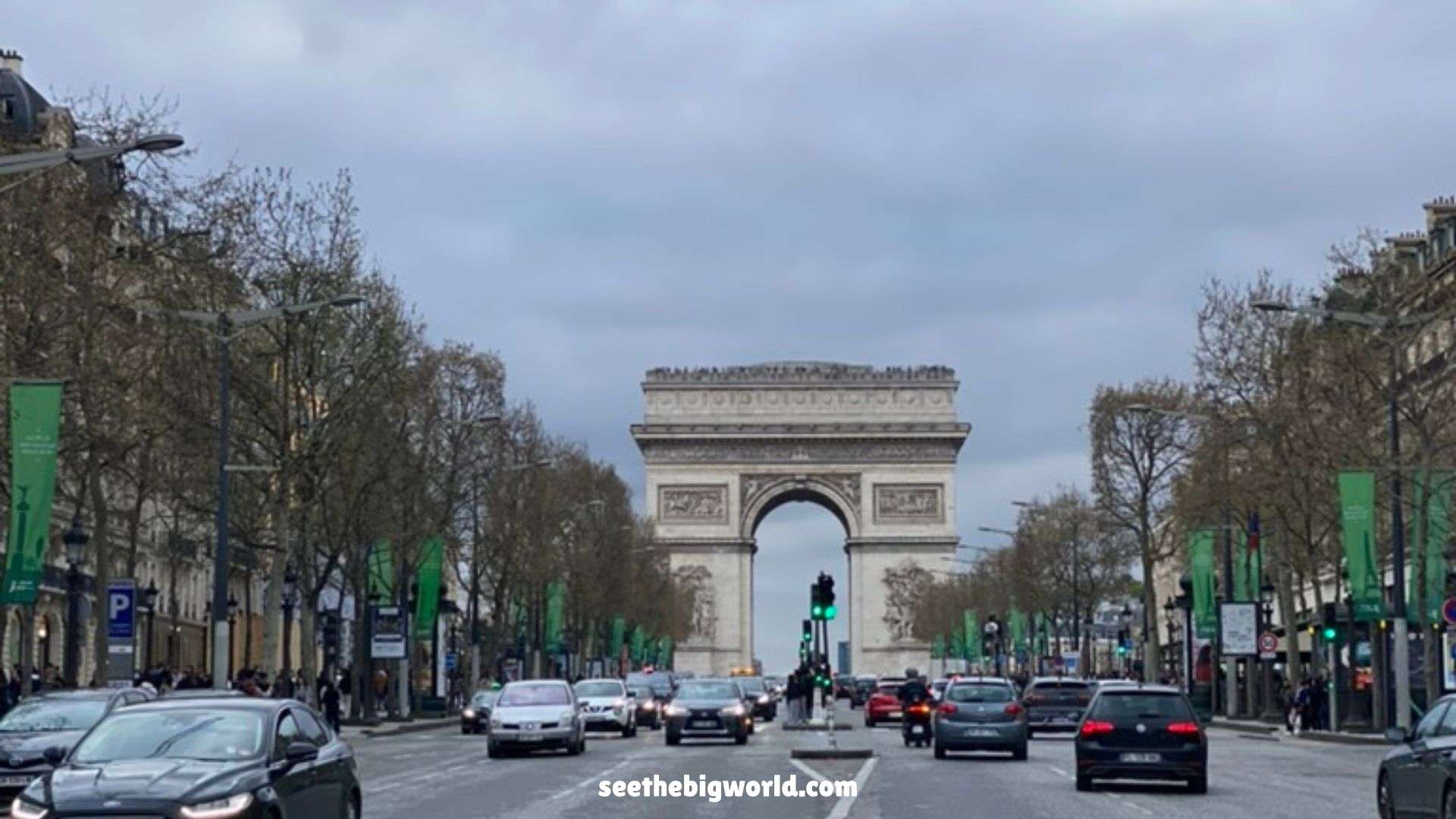Updated on 25/11/2025 | Published on 28/12/2024
Louvre Museum Review - The Louvre Museum (Musée du Louvre) is one of the most renowned museums in the world, showcasing artworks from across the globe. Among its treasures are the iconic “Big Three”: Mona Lisa, Winged Victory of Samothrace, and Venus de Milo. It’s a must-visit landmark for first-time travellers to Paris. This article shares my personal experience and provides an overview of the Louvre’s history, highlights, best visiting times, ticket information, and transport tips.
Read Before Your Trip
City Guides:Paris
Paris Articles:Louvre Museum|Sacré-Cœur Basilica|Bastille Market|Moulin Rouge Review
Passes:Paris Museum Pass
Moulin Rouge Show:Get Your Guide|KLOOK
Louvre:Get Your Guide|KLOOK
Eiffel Tower:Get Your Guide|KLOOK
Arc de Triomphe:Get Your Guide|KLOOK
Why Should You Visit Louvre Museum? (History and Features)
The Louvre Museum, located in Paris’s 1st arrondissement, is one of the most iconic world-class museums.
Its collections span key periods including Ancient Egypt, Ancient Greece, Roman civilisation, Medieval art and the Renaissance. Among its most famous masterpieces are the “Louvre Triad”: Mona Lisa, The Winged Victory of Samothrace and Venus de Milo.
Beyond its vast collection, the Louvre’s architecture is itself a Paris landmark, with the glass pyramid entrance long considered a must-photograph spot for visitors arriving in the city.
The Louvre’s history dates back to the 12th century, when it was first built as a defensive fortress to protect Paris from northern Viking incursions. In the 16th century, King Francis I ordered its transformation into a Renaissance-style royal palace and began forming the royal art collection, during which Mona Lisa entered the holdings. When Louis XIV later moved the royal court to Versailles, the Louvre gradually ceased to function as the primary royal residence and became a gathering place for artists and scholars.
During the French Revolution in 1793, the Louvre officially opened to the public as a museum. Its initial displays were largely based on the royal collections, later enriched by treasures brought from different parts of the world, including extensive Egyptian antiquities obtained during Napoleon’s expedition to Egypt. These additions contributed to the museum’s continuous expansion into the globally renowned cultural institution it is today.
Louvre Visitor Information
How to Get to Louvre Museum?
The Louvre Museum is centrally located in Paris and is easily accessible:
- Metro:Take Line 1 or Line 7 to Palais Royal – Musée du Louvre station.
- Walking:Strolling from the Seine River or through the Tuileries Garden offers a scenic approach to the museum.
- Google Maps Link
Opening Hours
- Daily: 09:00 – 18:00
- Friday Close at 21:00
Tickets / Tours
- Book in Advance (Some tickets with free cancellation/discounts)
Best Time to Visit
- To avoid crowds, it’s best to visit during the first hour after opening or after 3 PM. Friday evenings are also a quieter time to explore, as the museum remains open later. For photographing the iconic glass pyramid, early morning and sunset offer the most stunning light and atmosphere.
Time Spent
- Most visitors spend 3–4 hours, but if you’re an art enthusiast, you could easily spend a full day exploring.
Are Backpacks Allowed?
- Small backpacks are allowed inside, but larger bags need to be stored in the lockers near the entrance.
Is It Suitable for Children, Pregnant Visitors, or the Elderly?
- The Louvre offers accessible pathways and rest areas, making it suitable for visitors of all ages and needs.
Nearby Attraction(s)
- Tuileries Garden (Jardin des Tuileries):Right next to the Louvre, it’s ideal for a peaceful walk or a moment to unwind.
- Orsay Museum (Musée d’Orsay):A short walk away, showcasing masterpieces by Impressionist painters.
- Seine River Cruise:A lovely way to see Paris from the water and enjoy its romantic atmosphere.
Louvre Visiting Tips (Personal Experience)
The Louvre’s galleries are vast and its collection extensive, so first-time visitors are advised to reserve at least half a day to explore at a comfortable pace. If your schedule is tight, focus on areas such as the Ancient Egypt wing, the Greek and Roman sculpture halls and the three iconic masterpieces.
Avoid-the-Pitfalls (Based on My Own Experience)
I once visited the Louvre during its extended Friday opening hours, but due to a delayed flight I only entered the museum around 6 p.m.
Heavy rain that day left me with just three hours inside, and I even had to buy a €12 umbrella while queueing because the rain was too strong.
In the end, I only managed a rushed circuit through the main halls and a quick search for the three masterpieces, without the chance to properly appreciate the exhibitions.
If this is your first visit to Paris, it is strongly recommended that you:
- Avoid entering within the last three hours before closing
- Purchase tickets or skip-the-line passes in advance (they significantly reduce queueing time)
- Set aside at least four hours, preferably half a day
- Consider scheduling your Louvre visit for rainy days or on the day you arrive in Paris
This approach will allow you to truly feel the museum’s depth and historical layers, rather than being forced into a rushed, superficial visit.
Highlights of Louvre Museum (Multiple Images)
1. The Big Three: Mona Lisa
Leonardo da Vinci’s masterpiece, Mona Lisa, is one of the most iconic artworks in the world. Famous for her enigmatic smile and intricate details, the painting draws millions of visitors annually. Displayed in the Denon Wing’s Italian Gallery, it is protected by bulletproof glass and illuminated to emphasise its beauty.
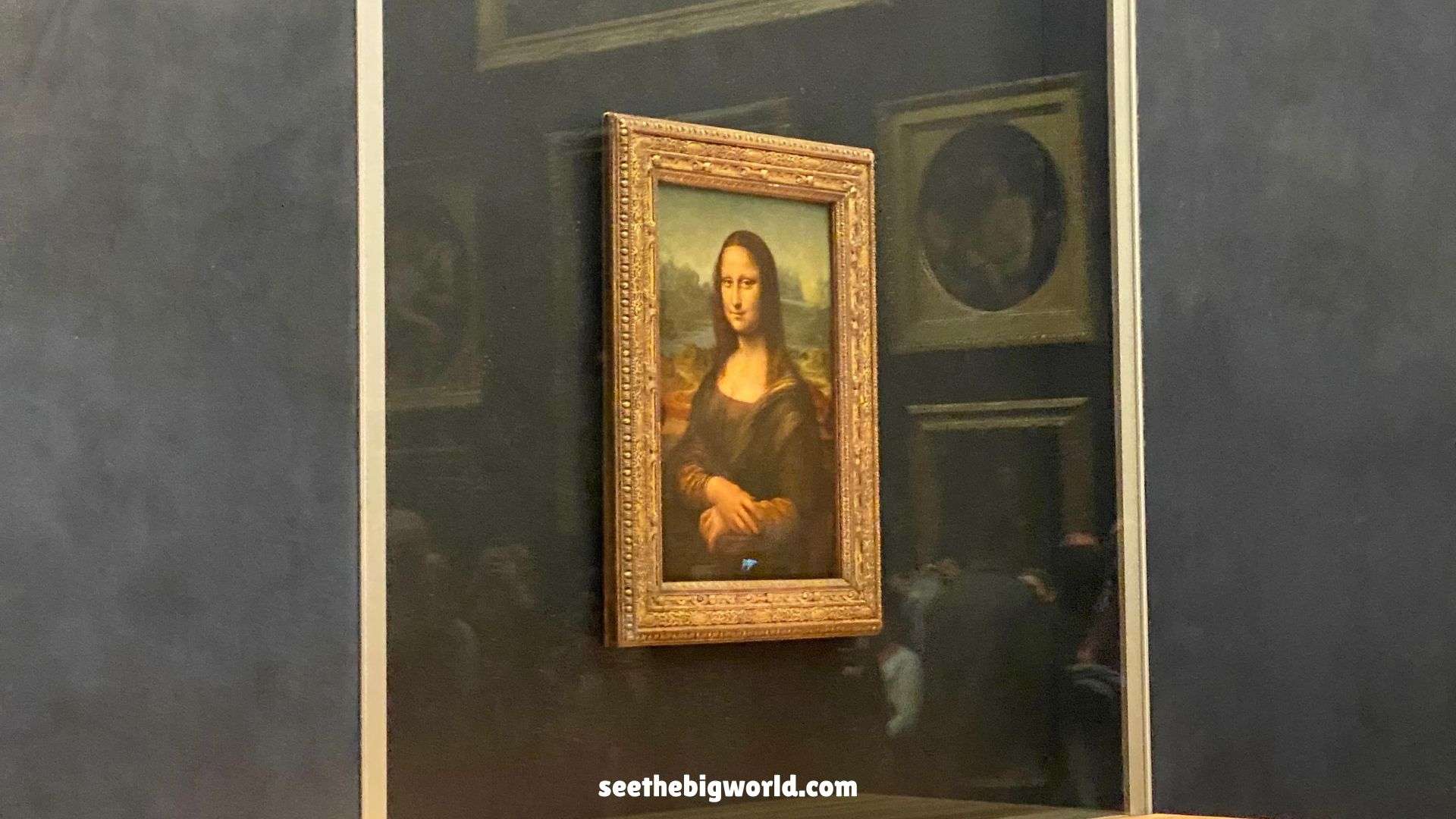
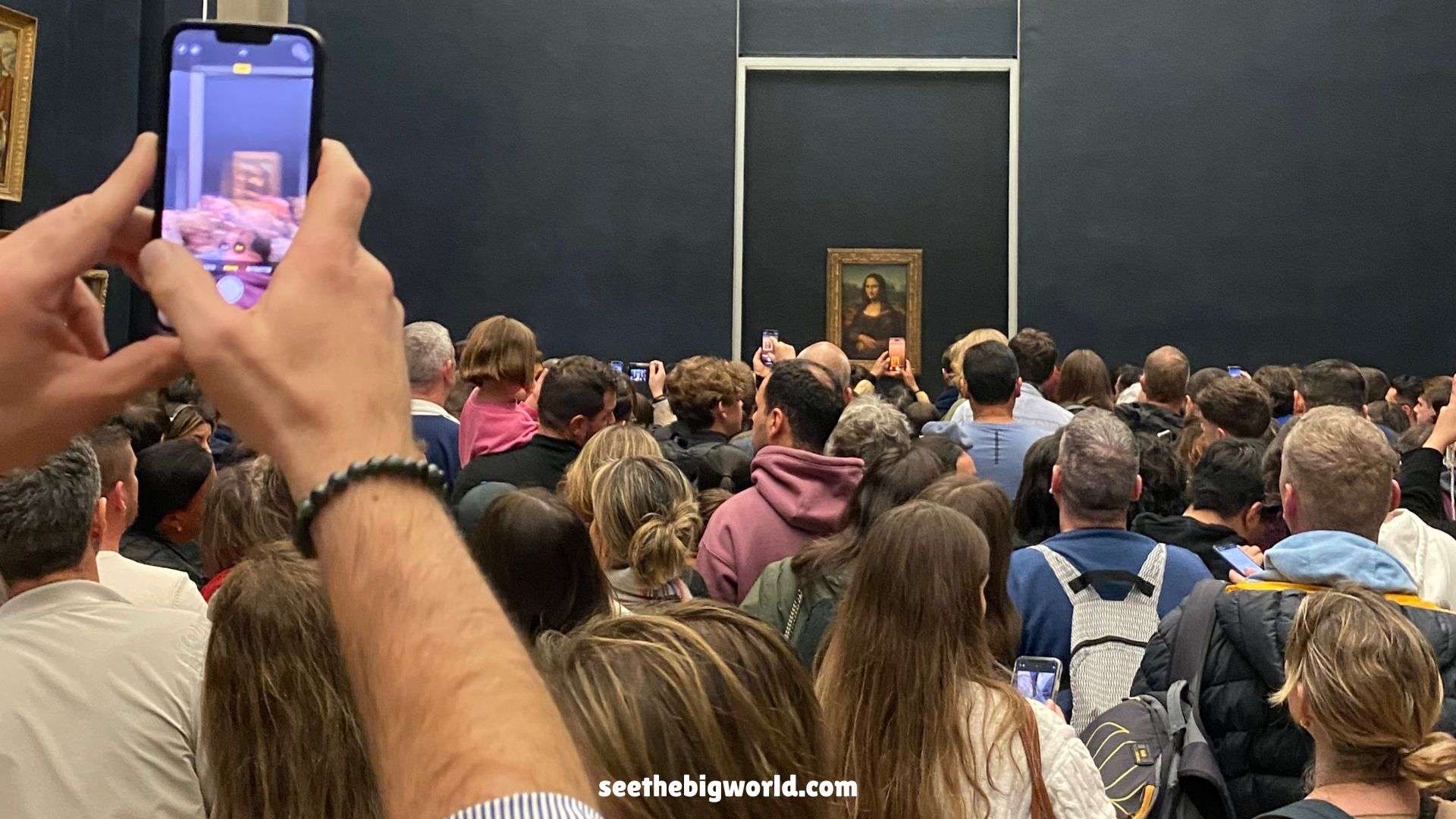
2. The Big Three: Winged Victory of Samothrace
This stunning 2nd-century BC Greek sculpture celebrates a naval victory. Positioned at the top of the Daru Staircase, the Winged Victory seems to soar against an imaginary sea breeze. Its dynamic composition and intricate craftsmanship make it one of the most striking pieces in the Louvre.

3. The Big Three: Venus de Milo
Representing the goddess of love and beauty, this ancient Greek sculpture is a quintessential example of classical art. Displayed in the Sully Wing’s Greek Sculpture section, Venus de Milo is celebrated for its graceful proportions and mysterious missing arms.

4. Glass Pyramid Entrance
Designed by architect I. M. Pei, the Louvre’s Glass Pyramid is a modern architectural icon. Completed in 1989, it serves as the museum’s main entrance, blending steel and glass in sharp contrast to the classical surroundings. The pyramid glows beautifully at night, offering a stunning photo opportunity.
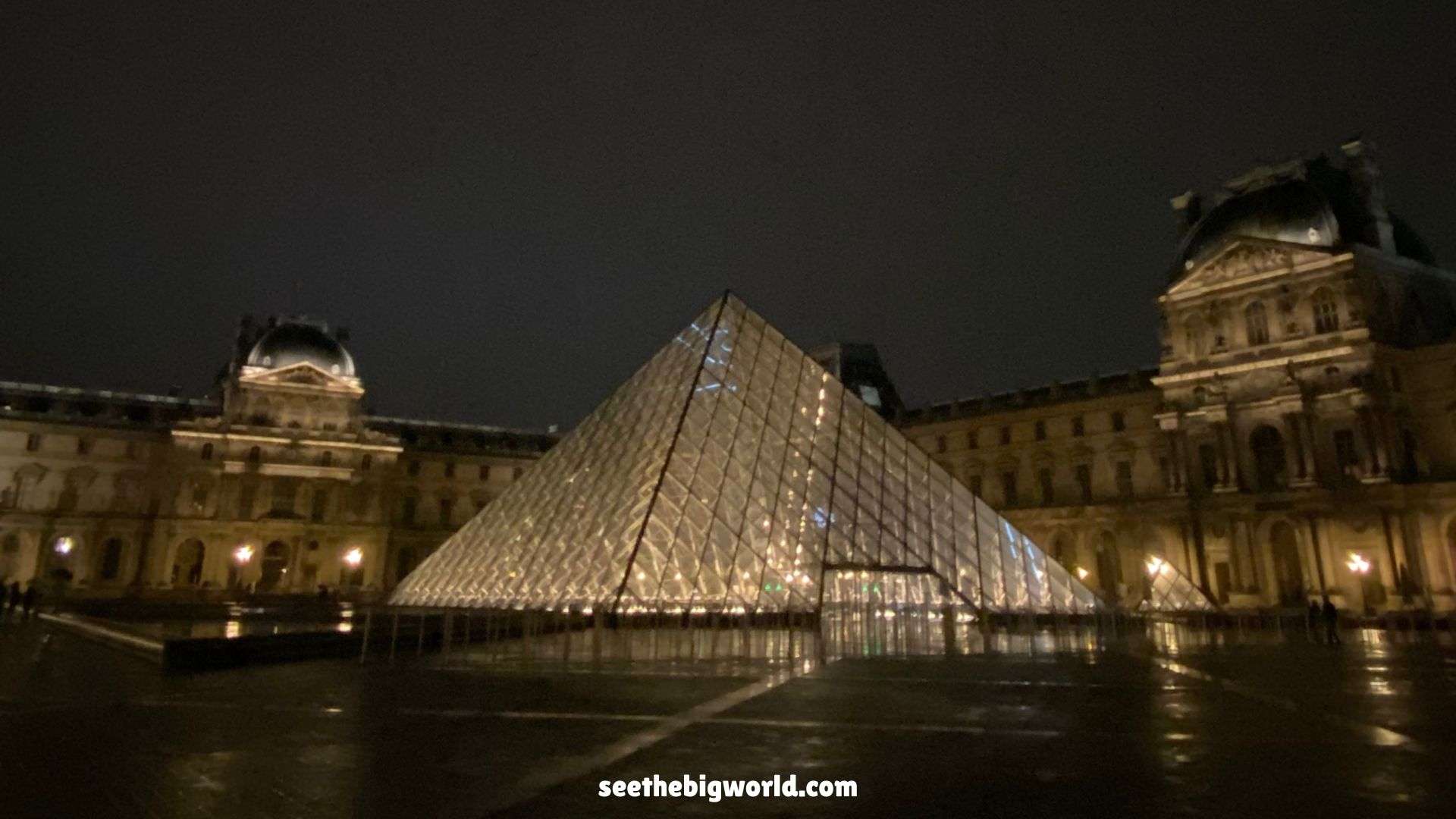
5. Other Must-See Highlights
Beyond its famed treasures, the Louvre boasts lavish royal apartments, intriguing Egyptian artefacts, and monumental historical paintings. Visitors are encouraged to explore freely and tailor their visit to their interests and available time.

